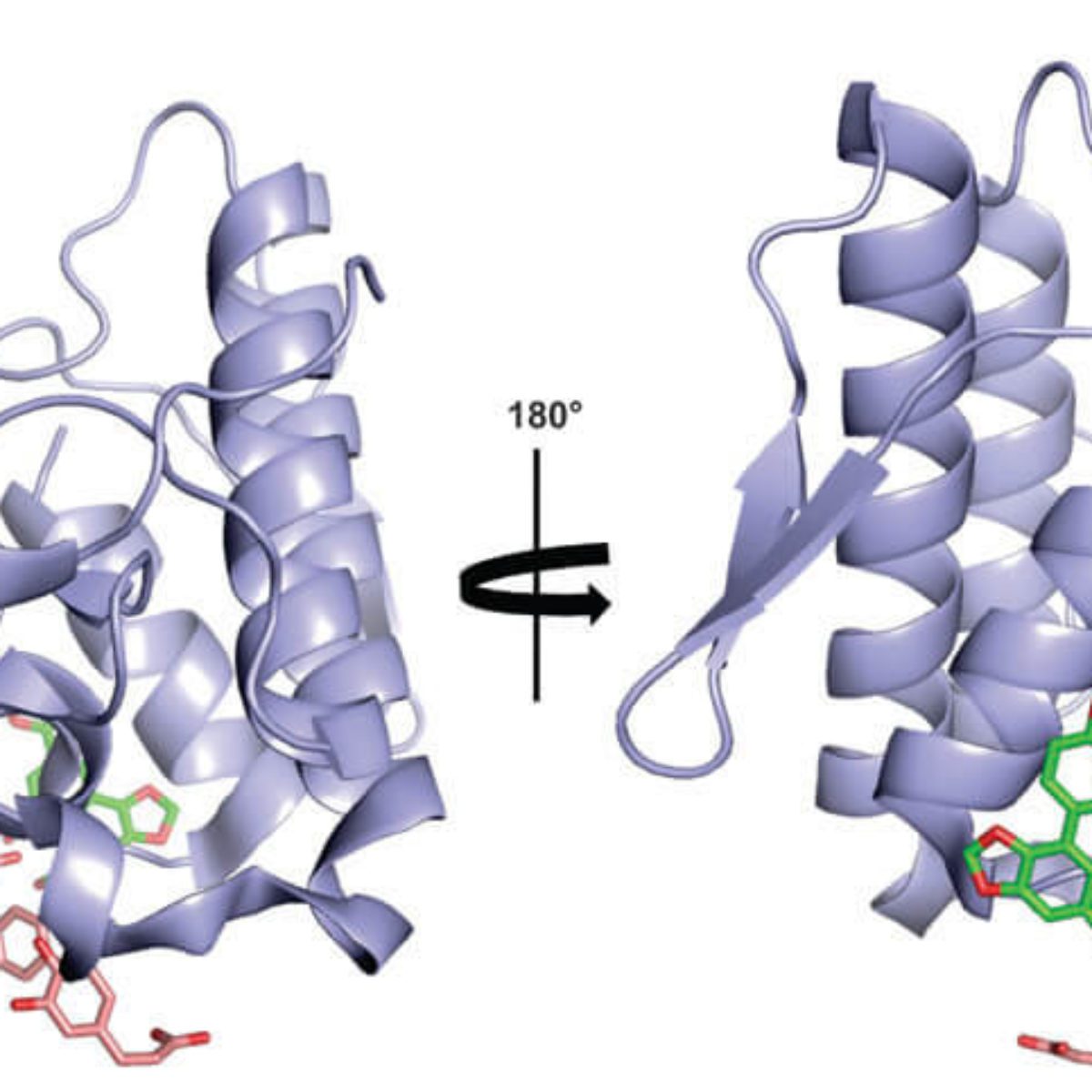
Research can lead to new treatments against envenoming
In traditional and indigenous communities, plants are used for the treatment of a wide variety of diseases and are discovered throughout the years by trial and error, or, more precisely, by live and death.
The active substances in those plants have drawn the interest of the medical and scientific communities, especially for the treatment of neglected tropical diseases, including snakebites for which the mortality rate is higher than that of dengue fever, cholera or Chagas disease.
Researchers at Universidade Estadual Paulista (UNESP) and Fundação Oswaldo Cruz (FIOCRUZ) used one of the experimental stations at Brazilian Synchrotron Light Laboratory (LNLS) for investigating the structure of the biding between the toxins in the snake venom and substances found in plants traditionally used against it.
The results from this research may contribute to the development of new and more precise treatments for snake envenoming.
Snakebites
Asia, Africa, and Latin America concentrate most of the cases of envenoming and death due to snakebites. In Latin America, about 80% of them are due to snakes from the Bothrops genus, whose venom is not completely neutralized by current treatments and can cause permanent disabilities.
These effects are due to substances called Phospholipases A2(PLA2s), proteins which can cause severe local necrosis as well as neuromuscular blocking, which causes the paralysis on the affected muscle.
From the Bothrops pirajai venom, the researches isolated the phospholipase PrTX-I, from the group of the Lys49-PLA2 proteins, to study its effects and ways to inhibit them.
Vegetal Compounds
Two substances were investigated: the aristolochic and caffeic acids. The aristolochic acid is extracted from Aristolochia plants, also found in Brazilian Atlantic rainforest. The caffeic acid is present in the metabolism of all plants and abundantly found in the leaves of Vernonia condensata, an African plant also found in Brazil.
The interaction between the toxin and the vegetal compounds was analyzed with X-Ray Diffraction in the MX2 beamline of LNLS. According to the corresponding scientist, Carlos Fernandes, which is member of a research group that has been using LNLS facilities for many years, “it’s necessary to use the MX2 beamline because its angstrom order wavelength is ideal [and exclusively used] for x-ray diffraction of protein crystals”.
Muscular Damage
Muscular tissue samples of mice were prepared and exposed to different concentrations of the toxin and inhibitors. It was observed that the caffeic acid was more efficient than the aristolochic acid in preventing muscular damage, while none of the substances was capable of preventing neuromuscular blocking. In addition, both substances were less effective than the rosmarinic acid, another compound previously studied by the group, which was capable of preventing both effects.
Structure and Action
In the researcher’s hypothesis, proposed in previous works, the protein, upon interacting with fatty acids in the muscle tissue, would expose two regions for binding with the cells. One for anchoring in the cell and another for destabilizing the cell membrane.
Thus, they suppose the difference in the damage inhibition among the three substances is probably due to the way each one docks to the toxin. The rosmarinic acid prevents the biding between the toxin and the fatty acid. The caffeic acid prevents the anchorage of the toxin to the cell and the aristolochic acid obstructs the region that disrupts the cell membrane.

Caption: Image generated from the crystallographic data. One can see, in blue, the PrTX-I protein which is part of the snake venom. In yellow, green and pink, one have, respectively, rosmarinic, aristolochic e caffeic acids. Notice the different biding regions between inhibitors and toxin.
According to the scientists, the toxicological and crystallographic analyses validate their hypothesis. The studied substances “are great models for designing new inhibitors to be tested and used complementarily to serum therapy”. These inhibitors would be able to prevent the physical damage caused in the victims, as well as the economic and social consequences in the populations most vulnerable to snakebites.
This research was supported by São Paulo Research Foundation (FAPESP), Conselho Nacional de Desenvolvimento Científico e Tecnológico (CNPq) and Coordenação de Aperfeiçoamento de Pessoal de Nível Superior (CAPES).
Sources:
Fernades CAH, Cardoso FF, Cavalcante WGL, Soares AM, Mal-Pai M, Gallacci M, et al. (2015) Structural Basis for the Inhibition of a Phospholipase A2-Like Toxin by Caffeic and Aristolochic Acids. PLoS ONE 10(7): e0133370. doi:10.1371/journal.pone.0133370
Fernandes CAH, Borges RJ, Lomonte, B, Fontes MRM. A structure-based proposal for a comprehensive myotoxic mechanism of phospholipase A2-like proteins from viperid snake venoms (2014). Biochimica et Biophysica Acta 1844, 2265–2276. doi:10.1016/j.bbapap.2014.09.015
Dos Santos, J. I., Cardoso, F. F., Soares, A. M., dal Pai Silva, M., Gallacci, M., & Fontes, M. R. M. (2011). Structural and Functional Studies of a Bothropic Myotoxin Complexed to Rosmarinic Acid: New Insights into Lys49-PLA2 Inhibition. PLoS ONE, 6(12), e28521. doi:10.1371/journal.pone.0028521
The results, by CNPEM researchers, were published in the journal “Scientific Reports” from Nature Group.
The control processes shown here open new paths to pattern transport from exclusion to preconcentration of charged molecules by selecting the appropriate polymerization strategy and polymerization parameters.